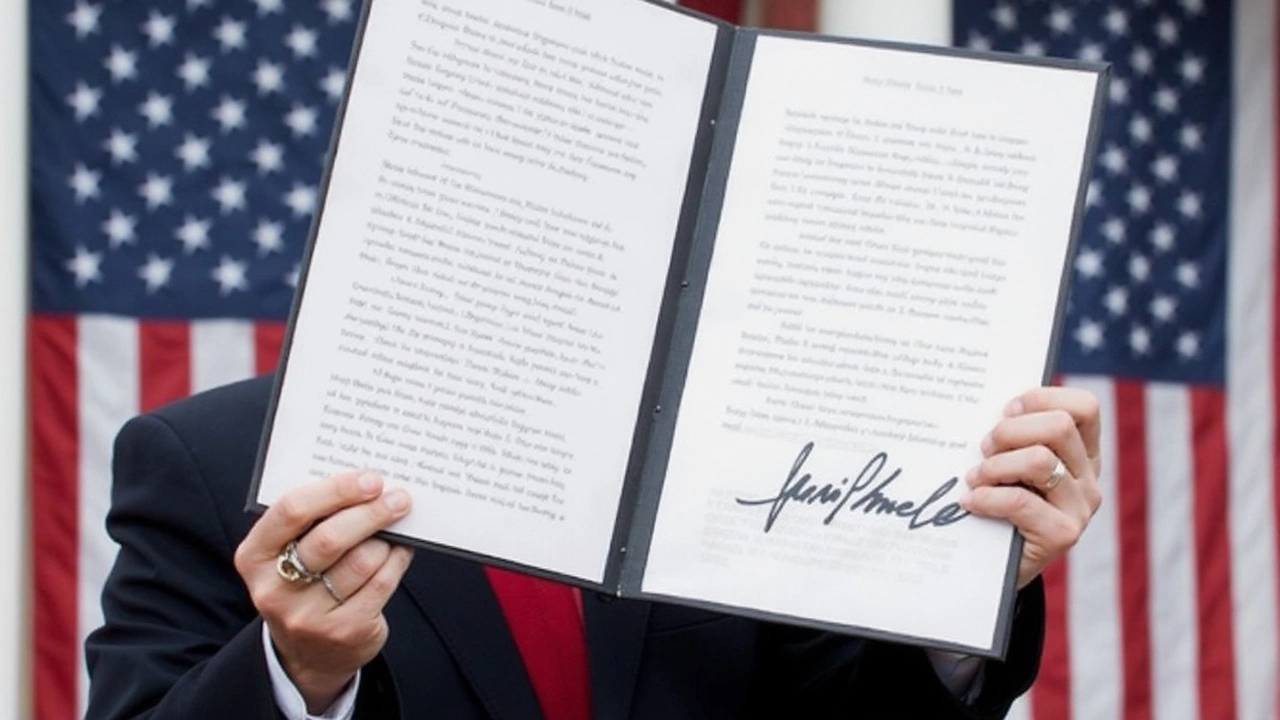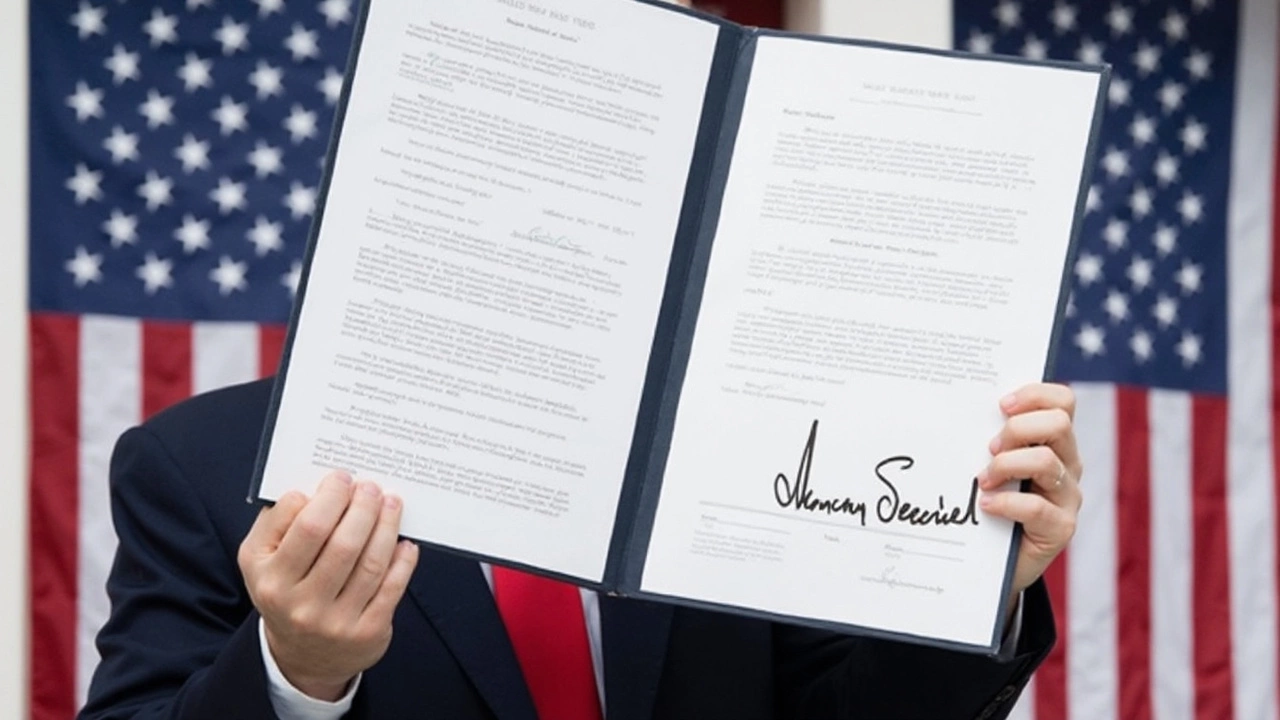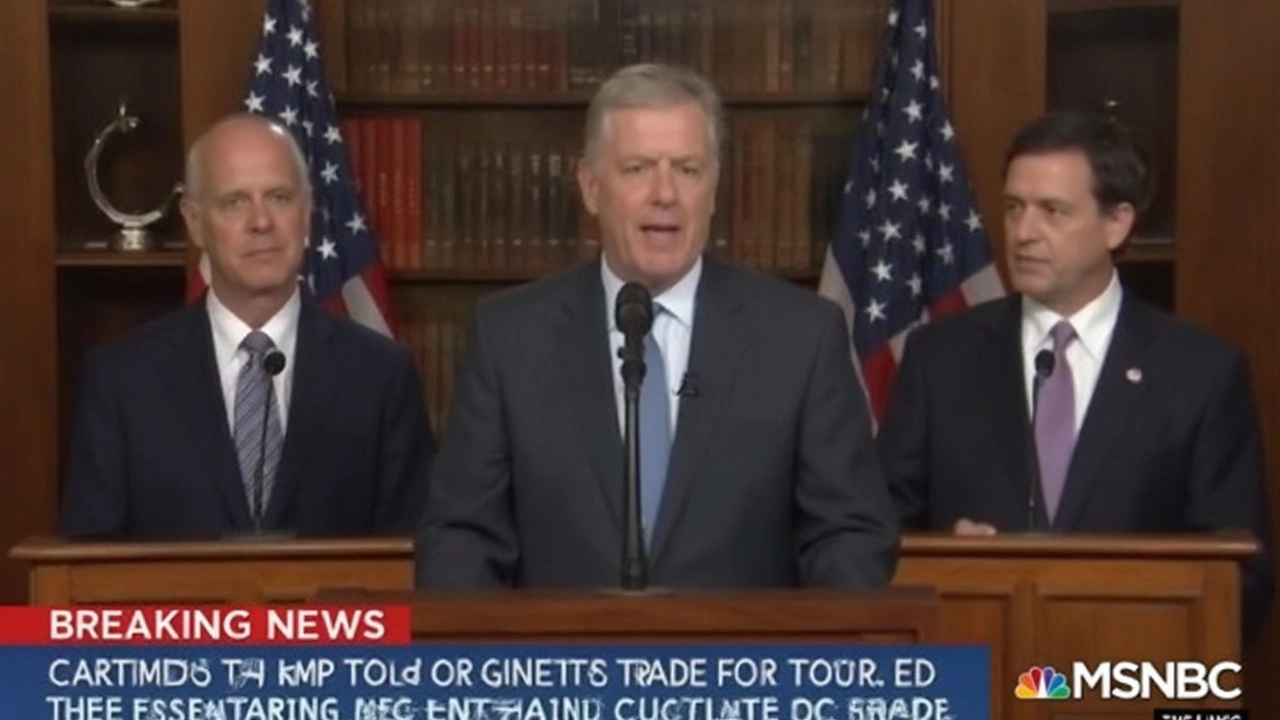Trump Tariffs Explained: A Straight‑Talk Guide
When you hear "Trump tariffs" most people picture a big tax slapped on goods from China or other countries. But what does that really mean for your wallet, for businesses, and for the economy? Let’s break it down in plain English.
Why the Tariffs Were Rolled Out
Back in 2018 the Trump administration said the main goal was to fix what it saw as an unfair trade balance. The claim was that the U.S. was buying too many cheap imports while American factories lost jobs. By adding a tax on imported items—sometimes as high as 25%—the government hoped two things would happen: foreign producers would lower their prices, and U.S. companies would get a boost because their goods would look cheaper in comparison.
Most of the tariffs hit steel, aluminum, and a long list of consumer products from China, like electronics and toys. The idea was to push China to play by what Washington called "fair trade rules" and to protect U.S. manufacturers from being undercut.
How the Tariffs Touch Everyday Life
Even if you never import a container of steel, the cost can sneak into the price you pay at the store. A shoe made in Vietnam that uses a Chinese fabric component now carries a tax. That extra cost is usually passed on to the retailer, and eventually lands on you. Many shoppers noticed a slight bump in prices for electronics, home goods, and even some food items.
On the flip side, some U.S. manufacturers reported a short‑term lift in orders. A small metal‑fabrication shop in the Midwest told us they saw a 10% rise in business after the steel tariffs took effect because buyers were forced to look locally.
It’s a mixed bag: certain sectors gain, while others lose. The overall impact on the economy is still debated, but the takeaway is that tariffs create winners and losers, and the ripple effects spread far beyond the headline‑making trade wars.
Looking ahead, the future of Trump‑era tariffs is uncertain. Some have been rolled back, others remain in place, and new negotiations keep shifting the landscape. If you’re a business owner, staying on top of the latest tariff lists is essential—missing a change could mean an unexpected cost spike.
For everyday shoppers, the best defense is to stay flexible. If a product gets pricey, checking alternatives or buying from a different country can help dodge the tax hit. Being aware of why prices move makes it easier to plan purchases and avoid surprise expenses.
Bottom line: Trump tariffs were a tool to push for change in global trade, and they still affect the price tags you see. Understanding the why and the how gives you a leg up, whether you run a company or just want to stretch your grocery budget.
Trump Unveils 'Liberation Day' Tariffs Impacting 150 Nations, Sparking Market Reaction
Posted by Daxton LeMans On 8 Apr, 2025 Comments (0)

Donald Trump announces a broad tariff initiative affecting over 150 countries, to be enacted by April 2025. Aimed at bolstering domestic industries, these tariffs impose varying rates, with Vietnam and Sri Lanka among the highest at 46% and 44% respectively. While some hail the economic boost and job creation, others caution about potential disruptiveness to global trade flows.
Trump's New Tariffs Shake Global Markets, Spark Debate Over US Trade Strategy
Posted by Daxton LeMans On 8 Apr, 2025 Comments (0)

President Donald Trump has introduced 10% tariffs on 190 countries, with a notable 20% for the EU, aiming to fix trade deficits. While intended to rebuild US manufacturing, these measures have caused significant global market disruptions and invited criticism for potential economic instability. Critics question the tariffs' logic, citing risks to US workers, and highlight potential issues if geopolitical tensions over Taiwan's semiconductors escalate.
Donald Trump's Reciprocal Tariffs: Shaking Up Global Trade
Posted by Daxton LeMans On 3 Apr, 2025 Comments (0)

President Donald Trump has unveiled a sweeping reciprocal tariff plan, implementing tariffs on countries with perceived unfair trade practices. Key targets include China, the EU, and Vietnam, with automotive imports also hit. Trump's move aims to address trade imbalances, specifically noting Australia's ban on U.S. beef. He calls the measure 'kind,' as it involves only half the calculated tariff rates.




